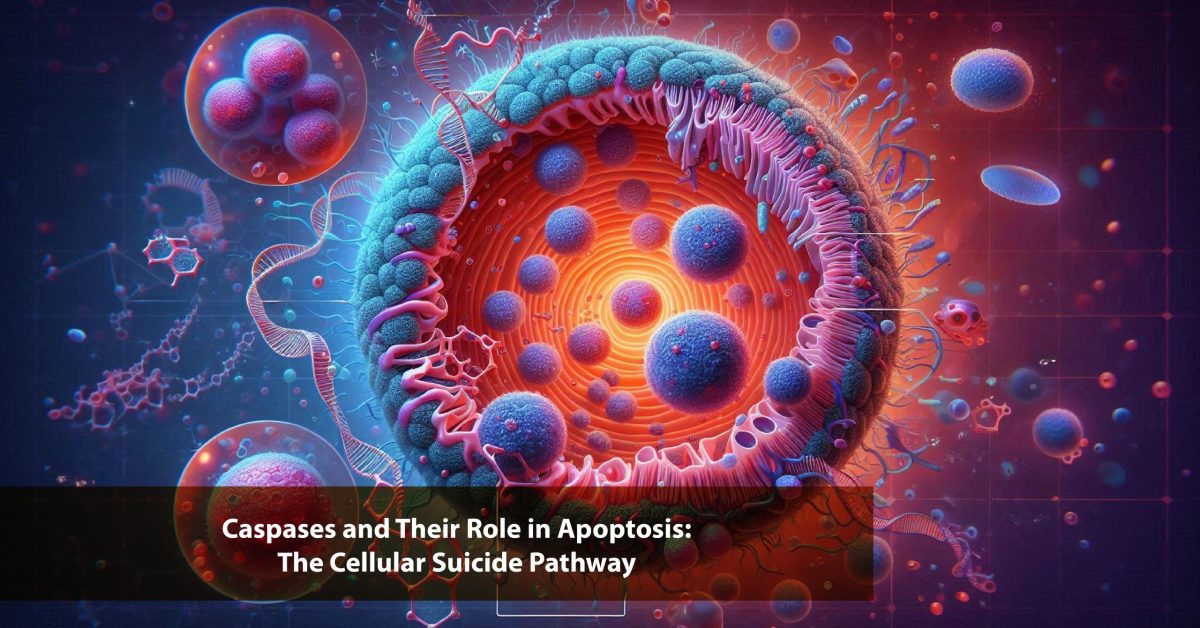Introduction
It is an important physiological process that helps to eliminate unwanted and damaged cells in a structured way through a process called apoptosis, or programmed cell death. This is important in controlling the rate of their death and reproduction and therefore allows organisms to live on. In this process, a group of protease enzymes collectively called caspases is central. These enzymes are critical components in the regulation of the machinery that leads to apoptosis so that the cells are most effectively disassayed. Apoptosis not only has the function of the physiological process that disrupts organisms’ development but also has the function of the pathogenic process protection against diseases, including cancer, where defects in the process lead to uncontrolled cell proliferation. This article also focuses on caspases and their functions in apoptotic processes, regulation and function, and their potential uses in therapeutic utilities.
Caspases: Key Players in Apoptosis
Caspases are a group of cysteine proteases that specifically cleave target proteins at aspartyl bonds. These proteases are synthesized as inactive precursors and need to be activated by limited proteolysis. When initiated, caspases set a cellular process in a sequence of events and the disintegration of cellular structures for a defined and timed cell demise. There are two main types of caspases involved in apoptosis: cysteine proteases named initiator caspases, including caspase-8 and caspase-9, along with effector caspases, including caspase-3, caspase-6, and caspase-7.
Initiator caspas are involved in sensing proapoptotic signals and then initiating effector caspas. Effector caspases, therefore, are involved in the proteolytic cleavage of structural and functional proteins within the cell that are characteristic of apoptosis, such as cell shrinkage, chromatin condensation, and DNA fragmentation.
